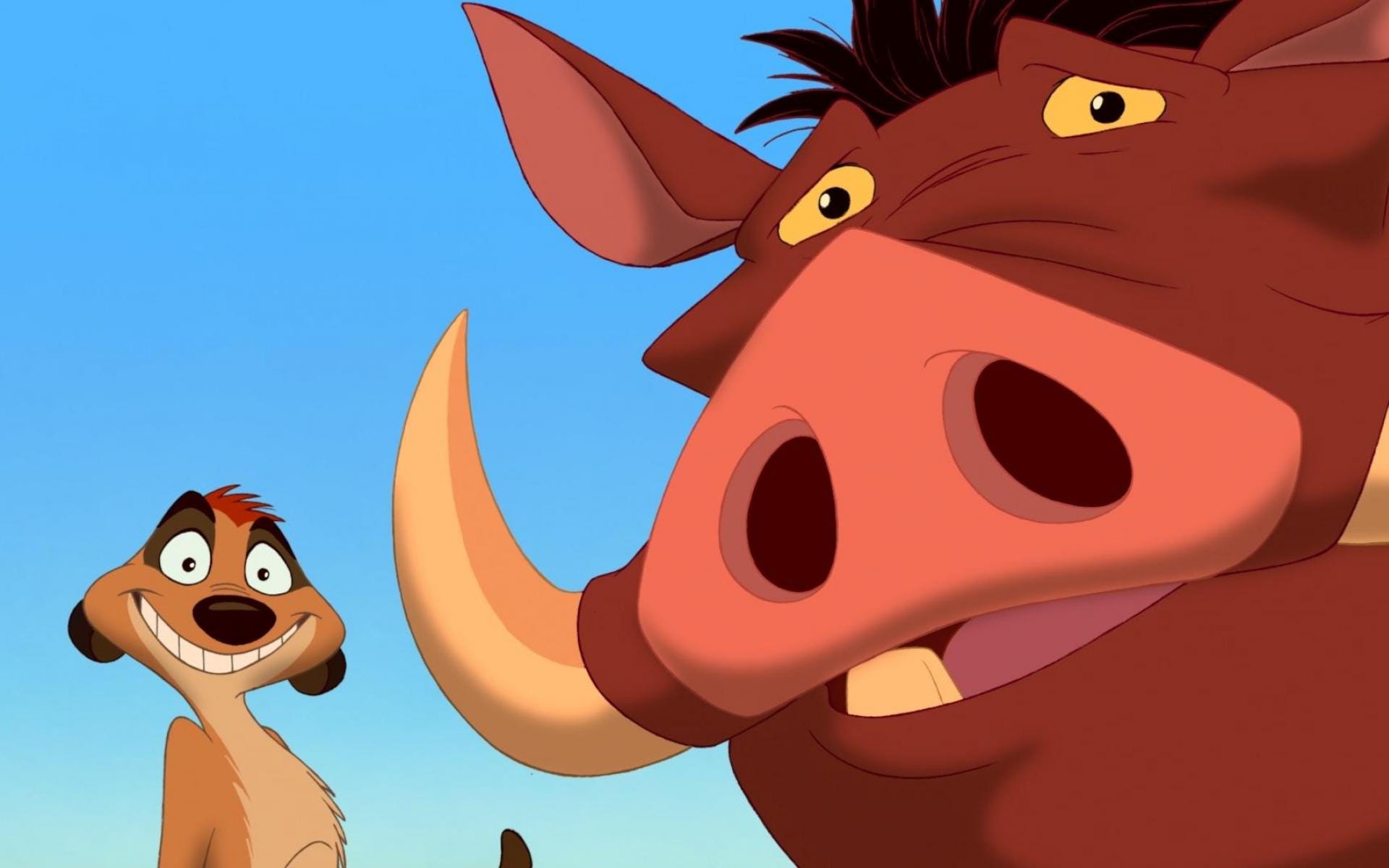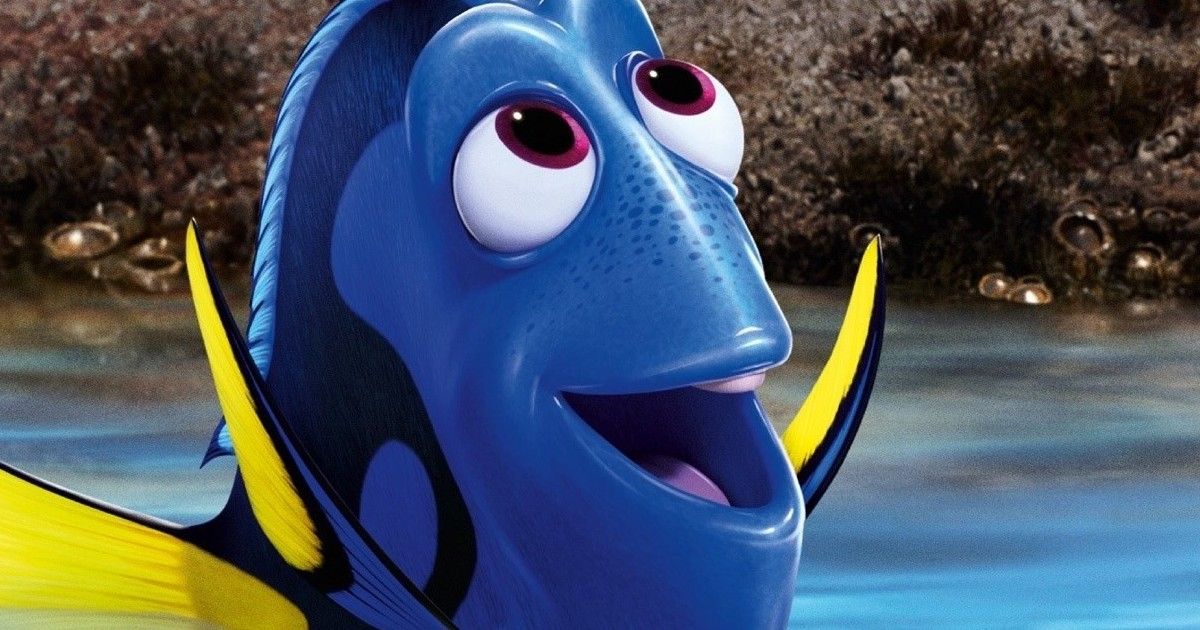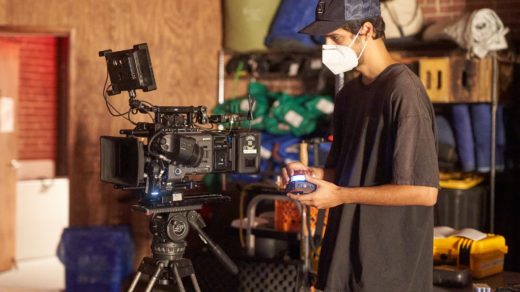When we sit down to watch a movie, we’re ready to embark on an emotional rollercoaster ride. We want to experience the thrill of suspense, the warmth of love, the depth of drama, and even the occasional belly laugh. That’s where comic relief characters step in, serving as a breath of fresh air in the midst of intense plots and heavy emotions. These characters provide viewers with much-needed relief from tension and offer a moment to catch their breath, all while providing a dash of humor to the narrative.
Comic relief characters are like the trusted sidekicks of storytelling, offering a unique perspective and a humorous lens through which we can view the unfolding drama. They serve as a reminder that life is not all seriousness and that laughter can be a powerful tool for connection, even in the darkest of times.
Throughout this post, we’ll delve into the essence of comic relief characters in film. We’ll explore their purpose, the point of their existence in cinematic storytelling, and share practical tips on how to seamlessly integrate them into your own projects. Whether you’re a budding filmmaker or just a curious film enthusiast, by the end of this journey, you’ll have a deeper appreciation for the role these characters play and how they can enhance the overall cinematic experience.
The Purpose of Comic Relief
Now that we’re getting started, let’s dive deeper into the purpose of comic relief characters in the world of filmmaking. Understanding why these characters exist and how they contribute to a film’s overall narrative can help us appreciate their role even more.
Balancing Tension and Emotion with Comic Relief

In the world of storytelling, emotions are like the colors on a painter’s palette. They range from the darkest blues of sorrow to the brightest yellows of joy. But, just like a painting can become overwhelming without balance, a film can lose its impact without the right emotional equilibrium. Enter comic relief characters.
Imagine watching an intense thriller with no moments of levity. The suspense builds, the stakes get higher, and the tension becomes almost unbearable. It’s in these moments that a well-placed comic relief character can provide a much-needed release valve. By injecting humor into a scene, they allow the audience to release tension, providing a moment of catharsis that enhances the overall viewing experience.
Understanding the Role of Humor in Storytelling
Humor is a universal language that bridges gaps and brings people together, playing an important role in the world of storytelling and filmmaking. In the context of film, humor can serve as a powerful tool for connection and engagement. Comic relief characters often act as conduits for this humor, using wit, irony, or slapstick comedy to make us laugh.
They remind us that even in the most dire of circumstances, there’s room for a chuckle. Whether it’s a witty one-liner, a comical mishap, or a quirky personality, these characters introduce humor in a way that doesn’t undermine the film’s core message but rather enhances it.
How Comic Relief Can Enhance Character Development
Comic relief characters aren’t just there to deliver punchlines. They play a vital role in character development, offering unique perspectives on the story’s protagonists and antagonists. Through their interactions, we gain insights into the personalities, motivations, and vulnerabilities of other characters in the film.
These comedic sidekicks often serve as mirrors, reflecting the strengths and weaknesses of the main characters in a lighthearted and relatable manner. By doing so, they help us connect with and empathize with the characters, making the overall storytelling experience richer and more immersive.
In the next section, we’ll continue our exploration by delving into the point of these characters and how they contribute to the overall narrative arc of a film.
The Point of Comic Relief Characters
So far, we’ve covered the significance of comic relief characters and how they contribute to the overall tone of a film. Now, it’s time to dive deeper into the specific point and purpose these endearing characters serve in storytelling.
Introducing Memorable and Relatable Comic Relief Characters
Comic relief characters are like the spices in a well-prepared dish—they aren’t the bulk of the meal, but they add flavor and make the whole experience just that much more enjoyable. These characters are designed to be memorable and relatable, often possessing quirks, flaws, or eccentricities that set them apart. It’s these unique qualities that endear them to audiences, making them stand out in our cinematic memories long after the credits roll.
Consider beloved characters like the bumbling and well-intentioned Dobby from “Harry Potter” or the hilariously deadpan Drax from “Guardians of the Galaxy.” These characters aren’t just comedic devices; they’re integral to the films they inhabit, contributing to their charm and staying power.
Analyzing the Role of Comic Relief Characters in Popular Films

To truly understand the point of these characters, let’s take a moment to examine their impact in some of our favorite films. In “The Lord of the Rings,” the mischievous antics of Pippin and Merry provide much-needed levity in the midst of epic battles and dark forces. In Disney’s “The Lion King,” the wisecracking duo of Timon and Pumbaa not only make us laugh but also symbolize the carefree spirit of Hakuna Matata, setting into motion the events in the second half of the film.
These examples showcase how comic relief characters can elevate a film’s storytelling by offering a refreshing change of pace and providing an emotional anchor in the midst of grand adventures.
Showcasing the Diversity of Comic Relief Character Archetypes
Comic relief characters come in all shapes, sizes, and personalities. From the witty and sarcastic to the innocent and childlike, they encompass a wide range of archetypes. This diversity allows filmmakers to tailor their humor to the needs of the story and the tastes of the audience.
Some characters may bring physical comedy to the forefront, while others rely on clever wordplay and quick wit. By showcasing different archetypes, filmmakers can appeal to a broader spectrum of viewers, ensuring that there’s a comic relief character for everyone to connect with.
In the following section, we’ll explore the practical aspects of integrating comic relief characters into a film, ensuring that they not only serve their comedic purpose but also contribute meaningfully to the narrative.
Navigating the Flow of the Film
As we continue the discussion of comic relief characters, it’s time to address a critical aspect of their usage: how to seamlessly integrate them into a film without disrupting the narrative flow or ruining the mood.
Tips for Incorporating Comic Relief Without Disrupting the Narrative
:quality(85):extract_cover()/2019/07/01/076/n/46207611/tmp_YF8Suz_217bdaf4519e21ea_MCDAVEN_EC254.jpg)
The key to successful comic relief lies in its subtlety. While comic relief characters are meant to make us laugh, their presence should never detract from the central plot or character development. Filmmakers often use these characters to provide brief respites between intense or emotional scenes.
For instance, in “The Avengers,” Tony Stark’s witty remarks and sarcastic humor add levity to the otherwise high-stakes superhero battles and comic book drama. By strategically placing these moments, filmmakers can give the audience a chance to relax and recharge before diving back into the action. Not to mention, many characters in the Marvel Cinematic Universe are wisecrackers in their own way, making it easy for comic relief characters to blend in.
Maintaining Tonal Consistency in Different Film Genres
One of the challenges in using comic relief characters effectively is ensuring that their humor aligns with the film’s overall tone. A comedy can afford to be zany and over-the-top, but a drama or thriller demands a more delicate touch. In genres like horror or historical drama, humor should be carefully woven into the narrative to avoid jarring the audience.
For example, “Forrest Gump” seamlessly blends humor with drama as it follows the life of its titular character through various historical events. The humor in the film complements Forrest’s innocence and serves as a poignant contrast to the serious themes it explores. It could have easily ruined the heartfelt and endearing aura of the film, but the writers knew how to use comic relief just right.
The Art of Timing: When to Deploy Comic Relief Characters
Timing is everything in comedy, and this holds true for comic relief characters as well. To maximize their impact, filmmakers must choose the right moments to introduce humor. Typically, comic relief characters shine during moments of tension or anticipation, as their humor provides a welcome release.
Consider the character Olaf in Disney’s “Frozen.” Olaf’s bumbling antics and childlike innocence serve as a source of laughter during intense scenes, such as the climactic battle. By strategically deploying humor in these moments, filmmakers can ensure the little ones stay interested while still providing a movie that can appeal to all ages.
Incorporating comic relief characters into a film is no easy feat—you want just the right amount to enhance the movie without overwhelming the plot. With the right balance and timing, these characters can elevate a film, making it a more enjoyable and emotionally resonant experience.
In the next section, we’ll delve into how comic relief characters can build chemistry with the audience, forging connections that go beyond mere laughter.
Building Chemistry with the Audience
Now that we’ve covered the mechanics of integrating comic relief characters into a film, it’s time to explore their ability to build chemistry with the audience. Let’s delve into how these lovable companions create connections that go beyond laughter.
Creating Emotional Connections Through Humor

Comic relief characters are often the bridge between the fictional world on screen and the hearts of the audience. They offer a relatable, humanizing factor that makes us care deeply about the story’s progression. Through humor, they disarm us, allowing us to connect with the characters on a personal level that we might not get from a purely gritty or thrilling flick.
Think of Dory from “Finding Nemo” and “Finding Dory.” Her forgetfulness and happy-go-lucky antics make us not only laugh but also empathize with her and Marlin as they search for Nemo. Her earnest, chipper attitude makes Marilin’s search for his son all the more bearable, and we can’t help but feel the same way when we watch.
Fostering Empathy for Comic Relief Characters
In many cases, comic relief characters face their own set of challenges, insecurities, or vulnerabilities, just like any other character in the film. It’s these moments of vulnerability that resonate with us, fostering a sense of empathy. We not only root for their comedic success but also genuinely care about their well-being.
For instance, the Donkey from “Shrek ” is witty, full of quotable moments, and all-around comical antics, but he also displays moments of anger and a true desire to be helpful. These glimpses into their emotional depth make us invest in their journey, ensuring that their comedic antics are met with genuine affection.
Making Audiences Care About the Comedic Sidekicks

One of the remarkable feats of comic relief characters is their ability to make us care about them as much as, if not more than, the film’s main characters. This emotional connection ensures that their role in the story is not just to make us laugh but also to contribute to the overall narrative.
Consider the character of Kronk in “The Emperor’s New Groove.” While Kuzco, Pacha, and Yzma are the central characters of the story, Kronk’s dimwittedness, and manly voice and stature combined with his childlike dreams of being a chef made him a fan favorite. Sure, we laugh at Kronk, but we also love to see him happy and see him win.
In the world of filmmaking, comic relief characters are more than just sources of humor; they are emotional anchors that help us navigate the complex landscapes of storytelling. They remind us that even in the midst of grand adventures, it’s the connections we form with the characters that leave a lasting impact.
In the next section, we’ll shift our focus to the dos and don’ts of using comic relief characters, offering practical advice to ensure that these characters are not only entertaining but also seamlessly integrated into the film’s narrative.
The Dos and Don’ts of Comic Relief

As we’ve explored the world of comic relief characters in filmmaking, it’s essential to understand the best practices and potential pitfalls when incorporating these characters into your own projects. Let’s uncover the dos and don’ts to ensure that your use of comic relief characters enhances your narrative.
Common Pitfalls to Avoid When Using Comic Relief
1. Overreliance on Humor: While comic relief characters bring humor to the forefront, it’s crucial not to overuse them. Too much humor can dilute the impact and distract from the main storyline.
2. Disrupting Tone and Flow: Be cautious not to disrupt the film’s overall tone and flow with jarring comedic moments. Ensure that humor aligns with the genre and mood of your story.
3. Stereotypical Characters: Avoid falling into the trap of creating one-dimensional, stereotypical comic relief characters. Instead, aim for something unique and out of the box.
Key Considerations for Maintaining a Compelling Narrative
1. Serve the Story: The primary purpose of comic relief characters is to enhance the storytelling, not detract from it. Ensure that their actions and humor serve the plot and character development.
2. Character Consistency: Keep your comic relief characters true to themselves. While they can evolve, their core traits and quirks should remain consistent throughout the film.
3. Balanced Screen Time: Strike a balance between showcasing your comic relief characters and giving other characters their moments to shine. A well-rounded narrative ensures that every character contributes meaningfully.
Staying True to Character While Delivering Laughs
1. Character Growth: Comic relief characters can evolve and grow just like any other character. Consider their arcs and how humor can be a tool for personal development.
2. Unique Humor: Tailor the humor to each character’s personality. What makes them funny should stem from who they are and how they view the world.
3. Audience Engagement: Keep the audience engaged with your comic relief characters by allowing them to connect emotionally. Show vulnerability, challenges, and moments of growth to foster empathy.
By adhering to these dos and don’ts, you can ensure that your use of comic relief characters is not only entertaining but also contributes to the overall success of your film. The key is to strike a delicate balance, where humor enhances the narrative without overpowering it.
Conclusion
In our cinematic journey through the world of comic relief characters, we’ve uncovered the vital role they play in enhancing the storytelling experience. From providing laughter and emotional connections to serving as a breath of fresh air amidst tension, these characters are the unsung heroes of the silver screen.
In the world of filmmaking, comic relief characters are a powerful storytelling tool, capable of adding depth, humor, and relatability to your narratives. So, whether you’re a seasoned filmmaker or an aspiring storyteller, consider the potential of these characters in your next project. They may just be the key to creating a cinematic masterpiece that leaves a smile on the faces of your audience, long after the credits roll.
Lastly, if you’re an independent filmmaker looking to bring your work to life, enter our short film funding contest. You could win up to $10,000 for the production of your short film by pitching your movie to us. No need to submit a full script; all you need to submit is a single-sentence pitch. Head to our sign-up page and submit your pitch now!




